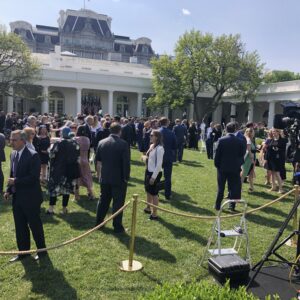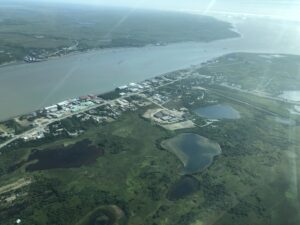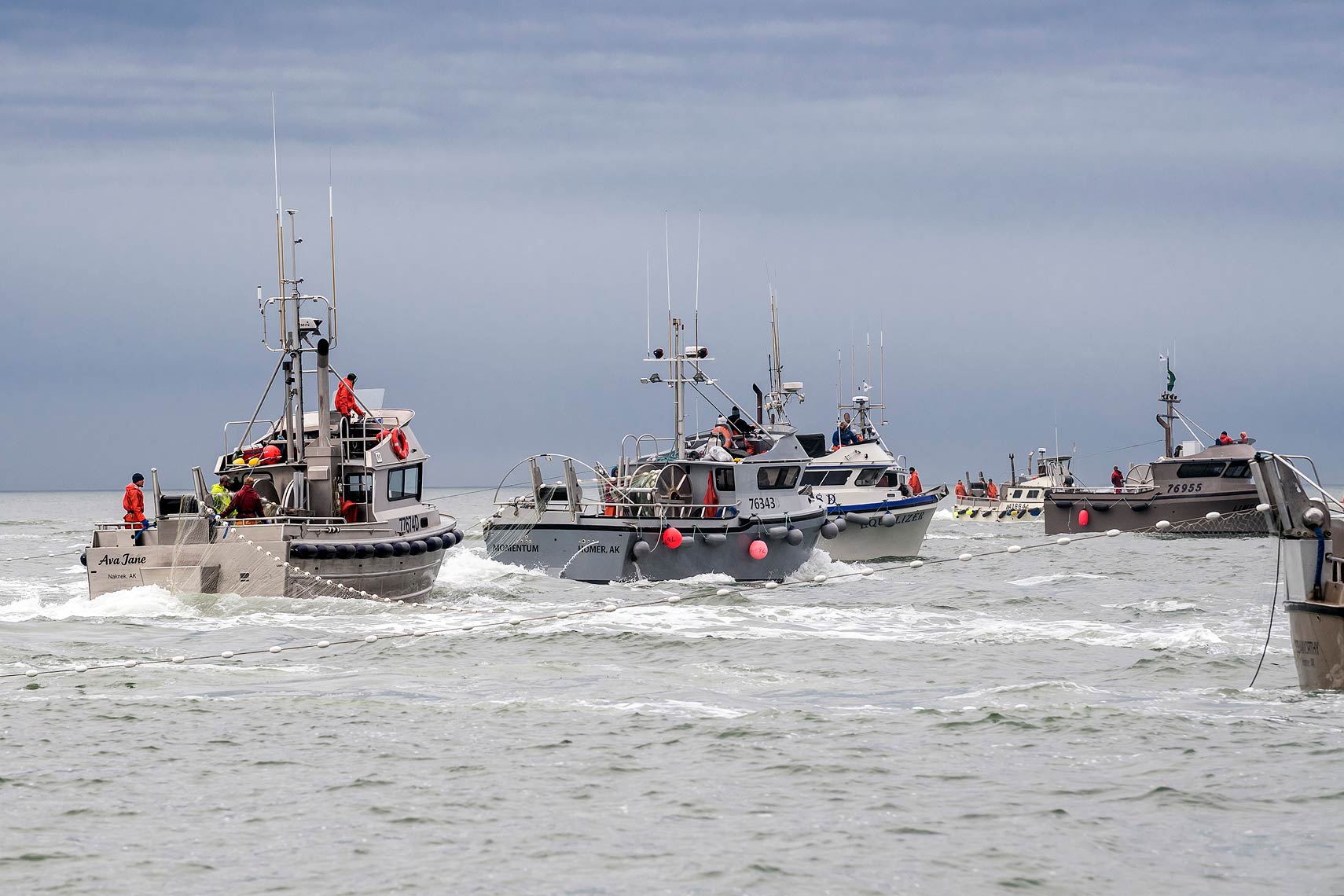Imagine being a commercial fish harvester in Bristol Bay in 2023. I have spoken with several over the past few years, and just recently to get a sense of how they address different challenges.
I’ve distilled some of their collective thoughts on the 2023 season here.
Every season, the bulk of your yearly income hinges on the pulses of wild, bright sockeye salmon that gather out in the bay before surging upriver to fulfill their genetic destiny. Many factors including water temperature, changing oceanic currents, wind patterns, the success of previous spawning years, suitable food in the ocean, etc. all determine the size of the run each summer.
For six intense weeks, you are either preparing your boat with your crew, mending nets, buying enough food to last for several weeks, hauling in nets and picking fish at a frenetic pace, bleeding fish and getting them in cold storage, catching brief naps in between sets, and often eating while standing up.
You are at the mercy of the elements (storms with high winds, big waves, cold temps, sideways rain), the pulses of fish swimming into the zone, and the managers monitoring escapement (the amount of fish allowed to swim upriver and propagate the species for future healthy stocks).
You are also at the mercy of the processors in Naknek and elsewhere, who collectively determine the ex-vessel price (or price per pound) you will be paid at the end of the season. Myriad factors go into those calculations as well, including global and domestic market demand, any leftover supply from the previous season (tied to demand), the size and quality of the fish from the existing season, the size of the overall harvest, and more.
And casting a long shadow over all of this is the fact that you and many other fishermen have been working tirelessly for years to protect your livelihood from the threat of a massive copper and gold mine at the headwaters of the spawning grounds for the fish that you harvest every year.
The stressors are magnified for subsistence harvesters who fish for their food, and typically live year-round in that long shadow of where the Pebble mine could be placed.
That’s a lot to carry.
Headwinds in 2023
The 2023 commercial salmon season in Bristol Bay has epitomized the psychological and emotional roller coaster that commercial and subsistence fishermen have experienced the last nearly two decades.
The year began with the Environmental Protection Agency using Clean Water Act protections to determine that the proposed Pebble Mine and the volume of toxic chemicals it would produce would threaten the Bristol Bay watershed. As such, the EPA effectively vetoed the project as proposed.
This was the culmination of years of coordinated campaigns involving multiple organizations and thousands of people, including Indigenous communities, commercial, recreational, and subsistence fishermen and women, and volunteers from across the country and beyond.

Bristol Bay fishermen and advocates celebrating Clean Water Act protections at the White House Rose Garden in May of 2023.
We celebrated the win at the White House last May, as President Joe Biden addressed a group of about 150 fishermen, business owners, and diverse advocates, acknowledging the importance of protecting Bristol Bay and the priceless salmon runs it harbors. He also acknowledged the efforts of the United Tribes of Bristol Bay and other Indigenous communities, along with all of the other voices involved.
Following the record-breaking run of nearly 80 million sockeye from last year, this year’s harvest was projected to come in around 50 million fish, still above the average run size.
The season started off slowly because a steady southeast wind kept the fish out of range for several days. When they did come in, they came in staggered pulses, with longer-than-normal breaks of two to three days between pulses. The sockeye were larger on average (about 5.6 pounds) than in past seasons, and they appeared very bright due to the colder water temps.
Toward the end of the season, mutterings about big processors setting a low base ex-vessel price started circulating before the largest processor, Trident, announced that it would pay fishermen a base price of 50 cents per pound, less than half of what was paid last year.
This is a staggering blow to captains, who basically gamble that the harvest will more than offset their pre-season investments in hiring crew, fixing gear, buying food, fuel, expensive permits to fish, insurance, and paying boat loans, etc. Low prices mean they may not be able to make that money back and that their season could be a net loss.

The fishing fleet in the Naknek River. Some of the processing plants are visible along the shore.
The frustration for many fishermen is they don’t have good visibility going into the season about what those prices may look like. Executives for the big processors have said global demand did not meet last season’s huge harvest. Leftover supply does not command premium market pricing, which means profit loss that big processors translate into lower ex-vessel pricing for the ensuing year, which is this 2023 season.
To put it in perspective, fishermen were paid a base price of 57 cents per pound in 1980. In 2023 dollars, that would be $2.11 per pound. In 1980, fishermen had a seat at the table during price negotiations with processors, albeit those negotiations were contentious and the fishermen went on strike following the processors’ initial offer of 40 cents per pound. This gave them some leverage, resulting in an ex-vessel increase to 57 cents. That’s not the case today.
The Bristol Bay Regional Seafood Development Authority is working to get a petition of enough fishermen to demand a more transparent pricing process that includes fishermen in the discussion.
Pebble’s long shadow
Shortly after hearing about the low base price, fishermen learned that Alaska Gov. Mike Dunleavy’s administration had sued the EPA over the Clean Water Act determination and petitioned the US Supreme Court to take up the case.
This was not a surprise for many fishermen and advocates, including those who attended the White House celebration. But it reinforces the notion that the long battle will continue until Bristol Bay receives permanent protections, most likely in the form of Congressional action. Given the Supreme Court’s recent decision that guts some of the enforcement power of the Clean Water Act, many fishermen are concerned.
I admire the resilience of commercial and subsistence fishermen and women. Like farmers, they take on a lot of risk without a lot of profit to produce food we need. Fishermen in Bristol Bay face a different scale of risk compounded by forces that seem to conspire to magnify this risk. They’ve been fighting Pebble for nearly two decades, and will continue to do so until Bristol Bay is protected forever.
So we’ll continue to amplify the message about why we should press Congress to call for permanent protections. And we’ll advocate for federal funding to support local processing infrastructure to enable more fishermen to process their catches domestically, rather than shipping it internationally because of cheaper processing costs, or subjecting themselves to the whims of global market demand and international processing giants.
In my view, protecting the world’s largest wild sockeye run is worth all the gold, copper and other precious minerals safely buried near Lake Illiamna, at the headwaters of the world’s largest wild sockeye run.
Stay tuned for more ways to get involved! Here is a link to Bristol Bay Forever, which is an advocacy organization spearheading the effort to secure permanent protections.

Sockeye Salmon in spawning colors. Photo: Amy Gulick
Top photo credit: Wild for Salmon


